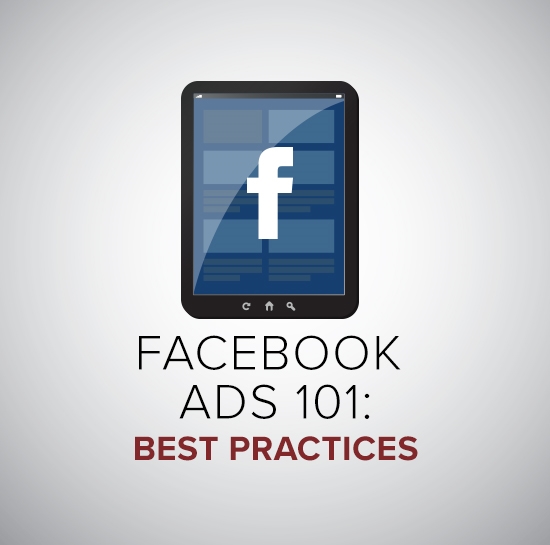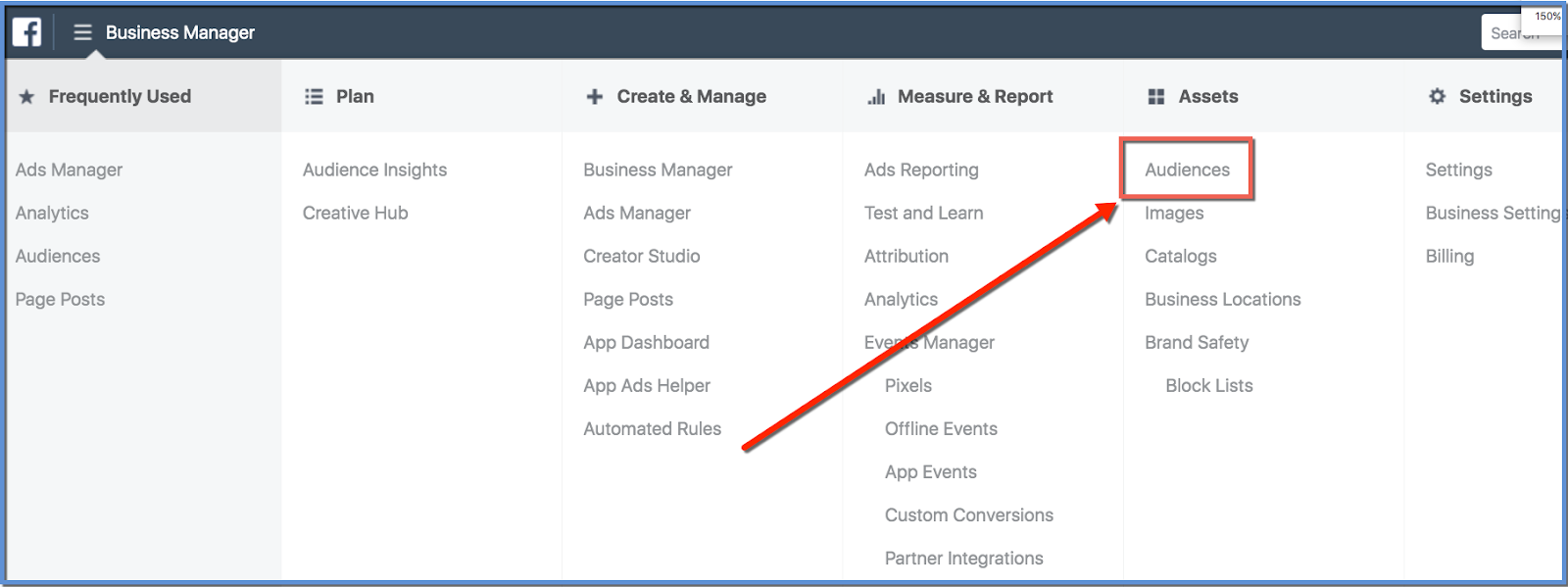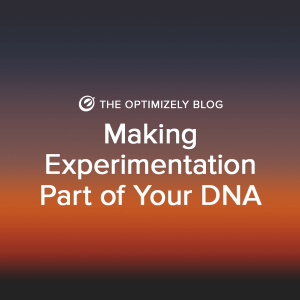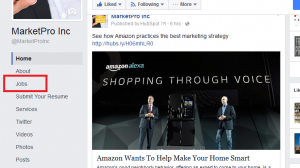
Facebook Ads are an effective way to reach hyper-targeted audiences with engaging content. Depending on your business, goals, and core demographic, Facebook can be the perfect platform to boost leads, build awareness or increase website traffic.
Though the Facebook Ad setup is fairly simple, without careful planning, it’s easy to spend your entire budget without reaching your campaign goals. Follow these best practices and you’ll be sure to be better prepared to run ads in no time.
Know Your Goal
Newsfeeds are inundated with status updates, photos your friends post and of course, ads. Think about why you wanted an ad on Facebook in the first place. Was it to get more web form submissions? Pageviews? Website visitors? Email signups? Page likes? Brand awareness? If you want someone to stop scrolling on their newsfeed and pay attention to your ad, it’s important to be clear and specific about one thing you need a user to do after seeing your ad. Make the call-to-action simple and give the user a reason to want to complete the action. Solve their problem, give something away or create excitement around something new. Just remember, all content should be created around your campaigns’ specific goal.
Know Your Audience
Think about your ideal client/customer. What age range is this person in? Do they have specific interests or hobbies? Does this person live in a specific area? Give your customer/client a name and write out their persona.
Your ad needs to be compelling enough for a user to engage with the content and convert. Get to know your target audience and how they like to engage with content. Video has the highest engagement but depending on the action you’d like each individual to complete, static image ads with a compelling message could be a better fit.

Keep Your Budget in Mind
One thing that is great about Facebook ads is that they let you set up your own budget. Even with just $ 5 you can start seeing results. But remember, the cost of advertising on Facebook depends on multiple factors, from the niche you’re targeting to the size of your audience. Facebook gives you the option of choosing between a daily budget and a lifetime budget. A daily budget is the average quantity you’re inclined to spend on an ad set or campaign each day. A lifetime budget is the amount you are willing to spend over the lifetime of your ad set. If you are new to Facebook ads and just starting out we suggest going with a lower budget. Once you feel comfortable and confident about the response you are receiving, you can slowly begin to increase your budget.
Use Well Written Ad Copy
When you think of an ad the first thing that pops in your head is probably an image. Images are extremely important when it comes to ads, but so is ad copy. Well written ad copy can persuade your audience to click on the ad leading to your website. For your ad copy to work, it should be persuasive, exciting, and entertaining. Another thing to keep in mind is to make sure that your ad copy matches your visual. If the copy and the visual don’t match, your audience may wonder what the ad is actually advertising and this could result in them not clicking on your ad.
Keep your ad copy short and sweet but make sure to get your point across in a clear, concise way. Your ad should also be easy to understand. When people see your ad they should know how it benefits them, what you’re offering, and what to do next. These are the areas you should focus on in your copy. If your ad copy answers those questions then you’re off to a great start!
Design
Your ad needs to be compelling enough to do two things: 1) make a user stop scrolling to engage with your ad and 2) complete the call-to-action on the ad. Therefore, it’s important your ad is both eye-catching and easy to read. Remember: your ad has to stop a user from the original task they were intending to do in order to pay attention to your business.
Your image should have high contrast and vibrant colors. It’s best to avoid dark images.
Do this:

Don’t do this:

Test, Test, and Test Some More
Ads have many variables between creative, call-to-action (CTA), headline, audience, and settings. The likelihood that you’ll get the perfect combination from the start is slim if you’re new to Facebook Ads. It’s important to let your campaign run for 3-4 weeks and then begin changing one variable at a time. For instance, start with A/B testing the headline copy to see what your audience interacts with more. Once you find the better headline, move on to testing the call-to-action or audience interests. If you change too many variables at once, it will be impossible to differentiate what’s working and what isn’t. Because testing is a long-term approach, it’s important to put a lot of effort into the ad creative and audience targeting from the start so your campaign structure aligns with your goals.
Digital & Social Articles on Business 2 Community
(50)
Report Post




